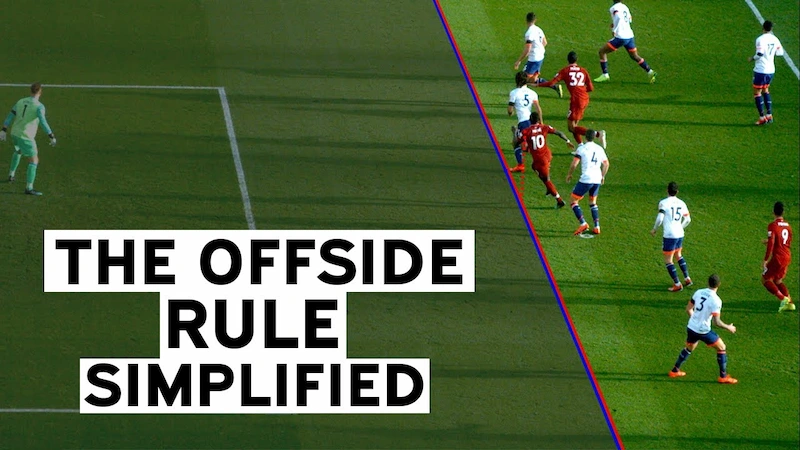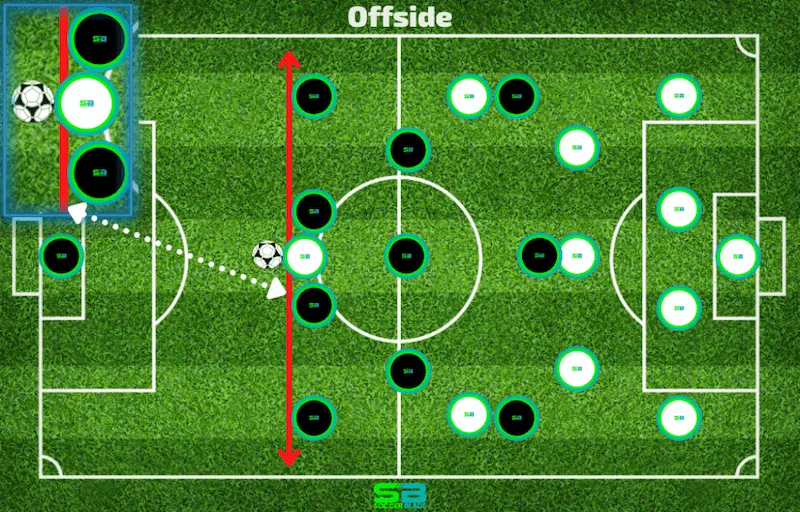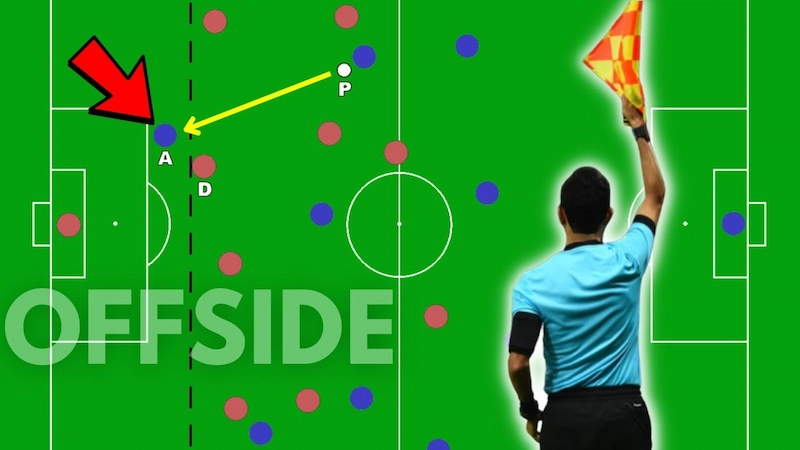Among the important rules, offside is one of the most complicated and controversial rules. There are many situations where goals are disallowed due to offside, making players and fans feel regretful. But what is offside, when is a player considered offside, and how to effectively break the offside trap? In this article, we will help you understand what offside is. Let’s explore with 711BET now!
What is offside?

Offside is a common foul in football, occurring when a player is closer to the opponent’s goal than both the ball and the second-to-last opponent (excluding the goalkeeper and their teammates) at the time the ball is passed or touched by a teammate. This is one of the most common terms.
The offside rule was established to ensure fairness and prevent attacking players from taking advantage of being too close to the opponent’s goal to score an easy goal.
Offside Rules in Football – Understanding FIFA Law XI in Detail

What are offside situations in football?
According to FIFA Law XI, common offside situations in football are as follows:
Standing in the opponent’s half of the field.
Being in front of the ball at the time of the ball being passed or touched by a teammate.
Standing closer to the opponent’s goal than the second-last opponent (usually the last defender other than the goalkeeper, but not required).
Actively participating in the play, including:
Playing or touching the ball when a teammate passes it.
Obstruction of an opponent’s vision or ability to play.
Benefiting from an offside position when the ball bounces off a tackle or touches an opponent.
In other words, being offside is not simply about being out of position, but also about influencing the play to be considered offside.
When is a player NOT penalized for being offside?

Even if a player is in an offside position, he will not be penalized if he receives the ball from one of the following situations:
Throw-in – Because the law does not apply to the ball being put into play from a throw-in.
Corner kick – When the ball is kicked from a corner, a player who is closer to the opponent’s goal than the last defender is still allowed to play the ball without being called offside.
Ground kick – If the goalkeeper kicks the ball up, a player in an offside position can legally receive the ball.
No impact on the play – If a player is in an offside position but does not participate in the play and does not affect the opponent, the referee will not call for offside.
What is the meaning of the offside rule?
The offside rule not only helps maintain fairness, but also has a great influence on the playing tactics of football teams.

Impact on attacking tactics
Forwards must learn to move intelligently to avoid falling into the offside position.
Many teams employ the tactic of running to break the offside trap, allowing the striker to move horizontally and receive the ball legally.
The through pass is often used to help the striker receive the ball before the defender can trap the offside trap.
Impact on defensive tactics
Teams can use the offside trap to make the opposing striker offside.
The defense will keep a reasonable distance not to create large gaps for the opponent to exploit.
Defenders can push up in unison to push the opposing striker into an offside position.
